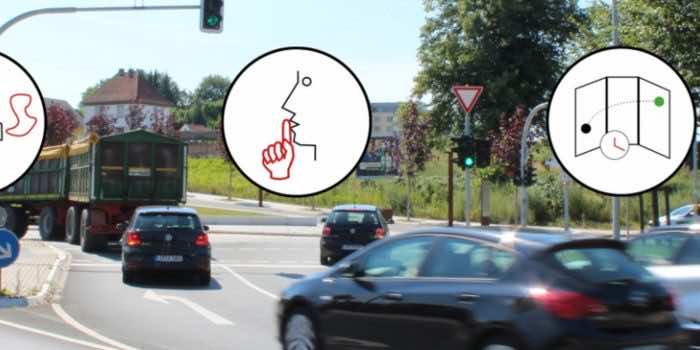Usually, traffic lights change color in response to predetermined rules and induction loop sensors embedded in the road. According to new research, however, making those lights artificially intelligent may keep traffic flowing faster and smoother.
Germany’s KI4LSA project is conducting a study that is funded by the German Federal Ministry of Transport and Digital Infrastructure. It includes multiple partner organizations.
One of those partners, the Fraunhofer Institute for Optronics, System Technologies, and Image Exploitation, has now installed high-resolution cameras and radar sensors at a busy traffic-light-controlled intersection in the city of Lemgo. Over time, this setup recorded the number of vehicles waiting for the lights to change, the amount of time that each vehicle had to wait, and the average speed at which the vehicles crossed the intersection.

This collected data was then utilized to train a machine-learning-based computer algorithm. It virtually experimented with multiple light-changing patterns. These would continuously adapt to real-time traffic conditions to see which ones would work best at minimizing wait times.
According to the computer simulations, the best AI-based patterns could make the traffic flow smoother by 10 to 15 percent. The researchers admit that the simulations may not correspond completely to real-life conditions. The algorithm will be used to run the traffic lights in the actual intersection over the next few months. The future use of this will be dependent on what the team finds from the test run.

In the related KI4PED project, Fraunhofer and other partners are additionally looking at reducing wait times and optimizing crossing times for pedestrians making their way across intersections. Among other things, LiDAR sensors will be used to assess the walking speed of individual pedestrians, ensuring that they have sufficient time to safely cross the street.


